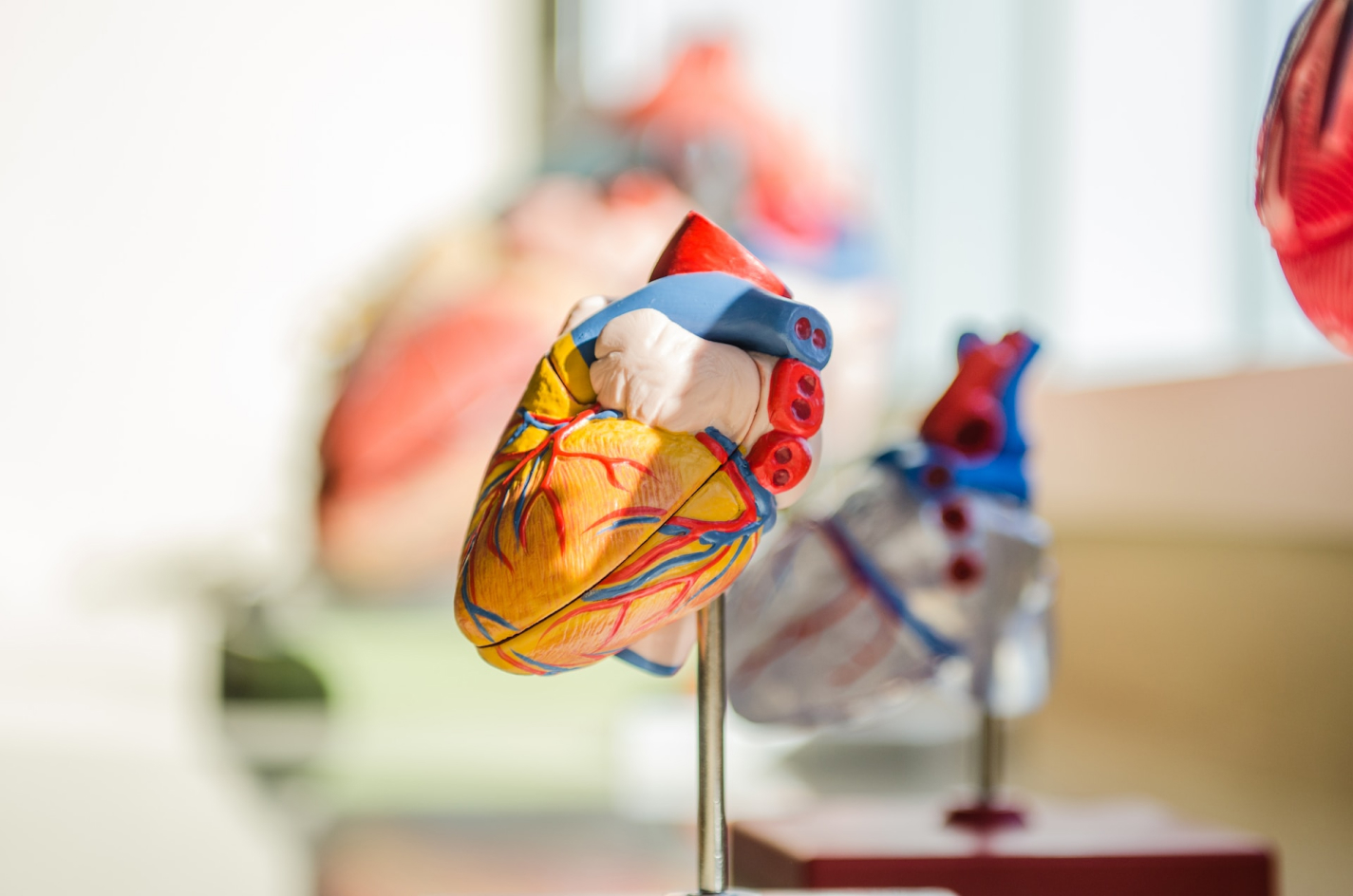The heart is an incredible muscle and performs a vital function for our overall health—the primary function being to keep oxygenated blood circulating throughout the body, working hard to keep us alive.
Did you know:
- The heart beats about 115,000 times a day
- Pumps 7500 litres around the body each day
- A women’s heart pumps slightly faster than a males
- A good belly laugh can pump an extra 20% more blood around the body
- The average weight of a heart is 331g
It’s been said physical activity and exercise are the best things you can do for your heart health.
Physical activity is the incidental activity you complete daily, and exercise is the structured, organised activity you need to invest time in.
Both are as important as the other, and the Heart Foundation states, “Increasing your physical activity from as little as 10 minutes a day to the Australian Government’s recommended 30 to 45 minutes a day, five or more days of the week can help reduce your risk of heart disease and heart attacks. It can also prevent and manage many conditions and diseases, including some cancers, type 2 diabetes and depression.”
So how can we love our heart and increase its capacity?
The heart is a muscle, and like all muscles, it likes to be challenged and put under pressure. By stressing the heart in a comfortable, safe way, the heart, with help from our brain, adapts and increases in efficiency.
If this process is repeated consistently, positive changes can occur over time, impacting on blood pressure, heart rate and blood flow around the body.
There is mounting evidence to show a connection between low bone mineral density and common age-related conditions such as cardiovascular disease (CVD), and both these conditions are associated with significant morbidity, mortality, and disability, things that we are OsteoStrong are all about preventing.
Without getting too scientific, there is a biological link and an epidemiological link between the two conditions.
The build-up of fats, cholesterol and other substances within our arteries are regulated by the same mechanisms that control and determine bone mineralisation. This is important to consider during the annual screening of health conditions for our normal aging process and our focus on a long healthspan.
A history of cardiovascular disease or traditional risk factors of CVD has been found to increase the prevalence of osteoporosis in certain ethnic populations and, despite contrary belief, as much in males as females.

Are you an individual that has been focused on your heart health? Does knowing that it is directly correlated with your bone health change how you view your health priorities?
The great news is you’re already probably doing something that will benefit your heart and, subsequently, your bone health. Motion is lotion, and we always recommend starting somewhere.
As Tony Robbins states, “setting goals is the first step, in turning, the invisible into the visible”. It’s just a matter of building on the physical activity and exercise you’ve started with to be able to feel and see the benefits of your heart health.
Those benefits may be noticing include having more energy and/or less stress, which is great for a positive mindset; also having lower blood pressure, more strength, and an improvement in blood flow.
In summary, several theories are currently being explored about the link between heart disease and bone conditions like osteoporosis. What’s important is to recognise the connection between the two conditions are the shared risk factors, genetic factors, and common pathophysiological mechanisms, leading to a strong causal association.
When you’re at the doctor next for your annual check-up of your heart health, explore the connections with your bone health as well – your skeleton will thank you for it!



